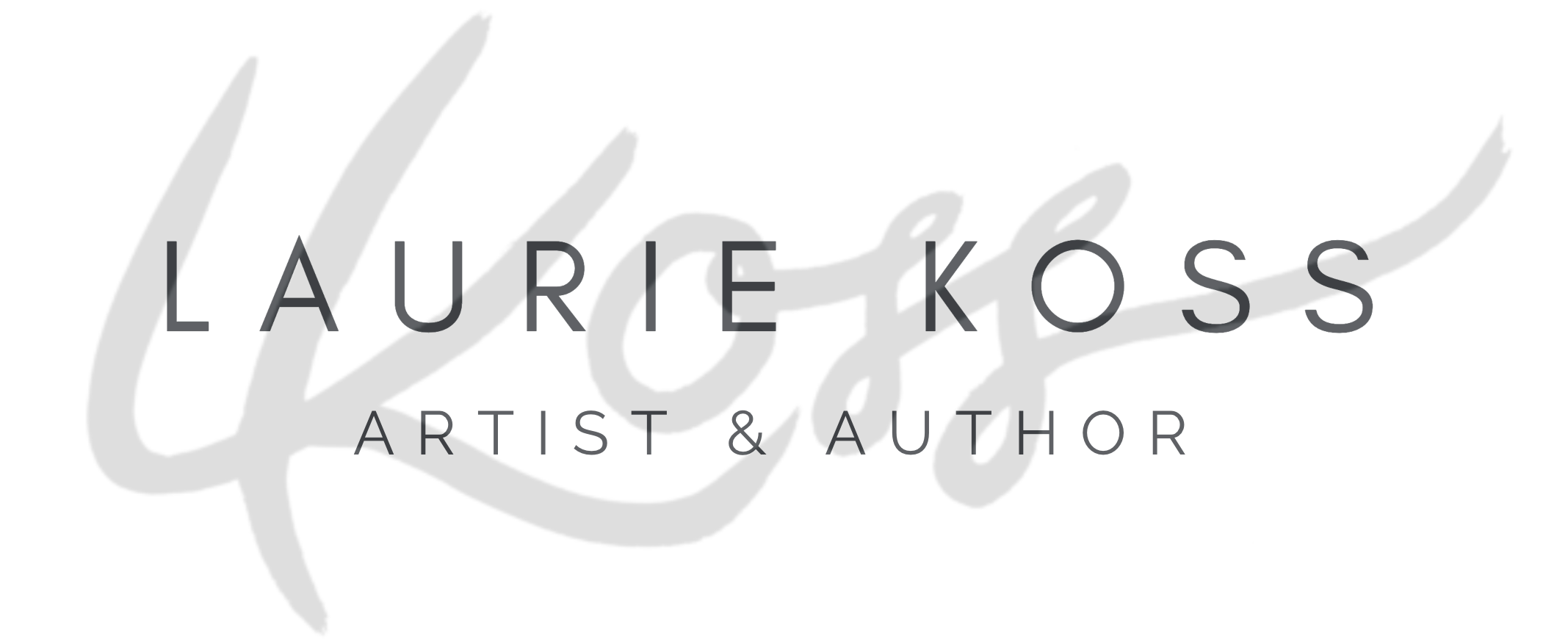When I first came up with the idea to write about light, Meghan Trainor’s 2014 song, “All About That Bass” (with the word light substituted) played on “repeat” in my head. In the same way that Trainor’s analogy of the lowest sound in the audio range to her own posterior became an anthem about positive body image, I hope that keeping the importance of light in mind when you are composing a painting will have a positive effect on your art.
Painting is always all about that light. We see form, shape, value, texture, and colour due to light, and it is what creates the most visual interest in a work of art by directing the viewer’s eye around the composition. Conversely, a lack of light in your painting will result in a viewer losing interest quickly. Keeping that in mind, it is astonishing how often artists do not consider light when composing a work of art.
The first step when planning a painting should be to consider the light source and the direction of light. The lighting you choose will dramatically affect the look and the success of your painting. Mediocre lighting is the demise of most paintings and probably the biggest weakness I see when I jury.
With the light source in the centre, this drawing shows how light affects the look of an object:
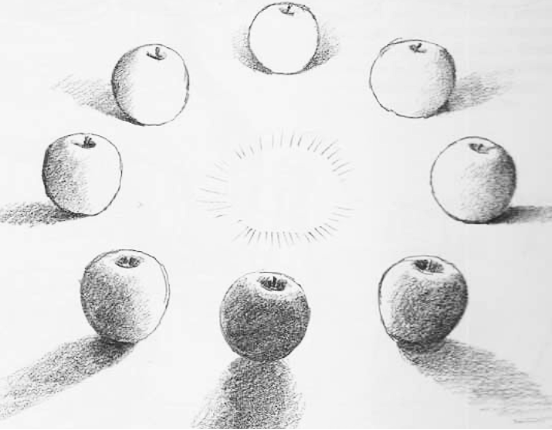
The second step should be to determine how to include both light and dark in your painting. The lightness or darkness on a scale of white to black is known as value in art. While a successful painting may not contain an entire middle-value range, it should always include the lightest light and the darkest dark. I would even argue that value is more important than colour to the design and success of a piece of artwork. Some paintings I view when I jury may show good drawing skills, colour mixing, and shape placement, but they are unsuccessful because of poor value arrangement.
The third step when you are planning your composition should be to keep in mind the different types of lighting. Four of Monet’s haystack paintings provide excellent examples of each lighting category.
Front Lighting
Though front lighting produces limited values and results in the most uninteresting and dull images, it is the most extensively used. If you take your photo references with the light behind you, or use your on-camera flash, there will be little or no shadow. And don’t forget that shadows are crucial to creating the illusion of form.
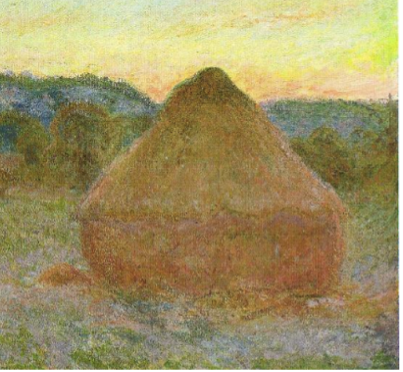
Form (or Side) Lighting
In side lighting, about three-quarters to two-thirds of the subject is illuminated by the light. This is the easiest and most effective lighting to create form and depth in a composition. This type of lighting can help produce the illusion of 3-D by providing both the lightest lights and darkest darks.
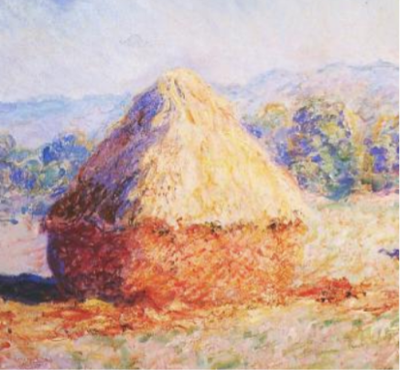
Edge (or Rim) Lighting
In Rim Lighting, the light source is mostly behind the subject. The subject is in shadow with just a rim of light along one edge. This type of lighting can be excellent for creating a dramatic effect.
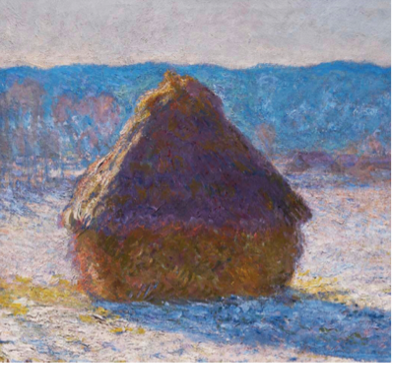
Back Lighting
A backlit composition is when the light comes from directly behind the subject, causing the subject to be in full shadow, often with a glow around it. This type of lighting can be difficult to paint but effective if done well.
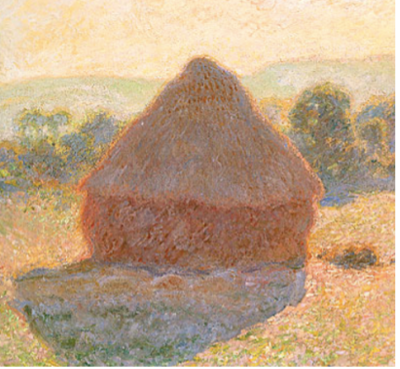
When you compose your next painting, don’t forget to keep the importance of light in mind. Taking time to consider the light source, the contrast of lights to darks, and the type/direction of light will positively impact your piece. It’s how I begin every composition. You might think that my paintings are all about flowers, but they’re not. They’re all about that light!
Happy painting!

